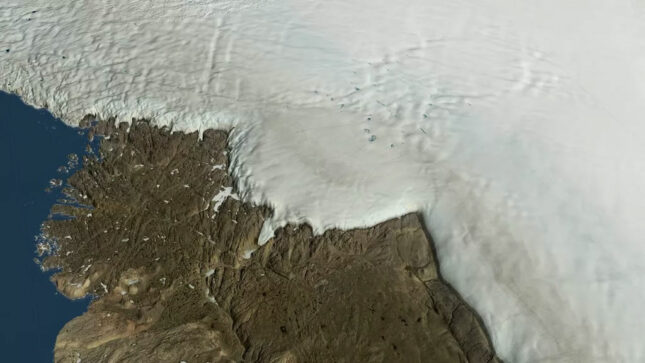Hiawatha Impact Crater Is Much Older Than Originally Believed
Researchers discovered an asteroid impact crater hidden underneath the ice sheet in Greenland. Initially, they believed the impact could have been only a few thousand years old, occurring when humans already inhabited the earth. However, over the last few years, additional research has determined the impact crater is much older than initially believed.
Scientists have determined the impact crater is 58 million years old. The crater is massive at 20 miles wide. To determine its age, scientists sampled sand from the crater and heated it to sample argon gas from the grains of sand to date the impact.
At the same time, Swedish researchers dated rocks from the crater using the uranium fingerprint of a mineral called zircon. Both teams agreed on the age of 58 million years old. Researchers note that Greenland was not the ice-covered realm we know today at the time of the impact.
58 million years ago, Greenland was a temperate rain forest. Scientists can agree that the impact would’ve annihilated a large portion of Greenland, but they are unsure of the global effects of the event.

